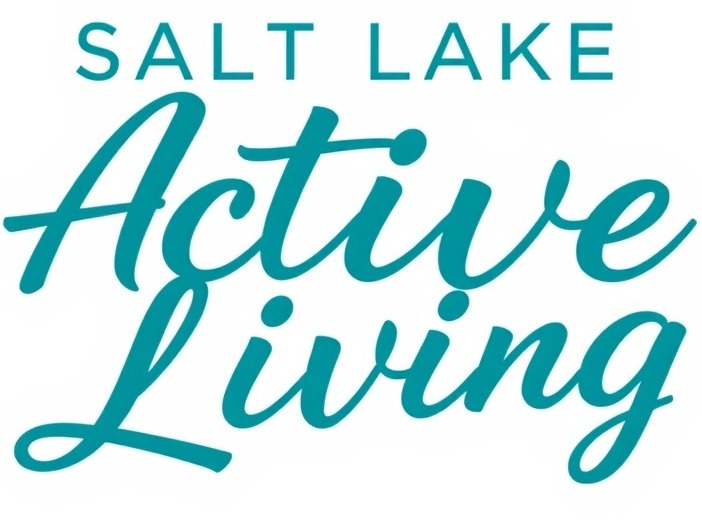
Understanding Restless Legs Syndrome: An Overview
Restless Legs Syndrome (RLS), often referred to as Willis-Ekbom Disease, affects millions, causing an overwhelming urge to move the legs. This condition is characterized by sensations that can be described as throbbing or painful, especially at night or during periods of inactivity. This not only disrupts sleep but can lead to chronic conditions like insomnia, affecting daily lives.
The Impact of Magnesium: A Key Nutritional Element
Magnesium plays a vital role in our body—its functions include facilitating nerve impulse conduction and muscle relaxation. These properties suggest a potential therapeutic benefit for individuals suffering from RLS. Research indicates that low magnesium levels may exacerbate RLS symptoms. By promoting muscle relaxation, magnesium may help alleviate the discomfort experienced in the legs.
Magnesium and RLS: What the Research Says
Studies on magnesium’s role in managing RLS symptoms show promise. While magnesium might reduce symptoms in mild to moderate cases, further research is necessary for conclusive evidence. The recommended daily intake for adults ranges from 270 to 350 mg, and it can be found in foods such as leafy greens, beans, and fish. For Salt Lake City residents, including locally grown options can be an accessible way to enhance magnesium intake.
The Risks of Supplementation: What You Need to Know
Like any supplement, magnesium isn’t without risks. Individuals with kidney diseases or those on specific medications should consult healthcare providers before beginning supplementation. Side effects from excessive magnesium can include nausea, diarrhea, and even confusion in severe cases. Understanding these risks is crucial, especially when managing a condition like RLS.
Daily Steps to Enhance Magnesium Intake
To naturally boost magnesium levels, consider incorporating the following options into your diet:
Enjoy leafy greens like spinach or Swiss chard.
Snack on nuts and seeds like almonds and pumpkin seeds.
Include beans and legumes in your meals.
Don't forget fruits like bananas and wholesome sources such as dairy products.
With easy access to fresh produce in local supermarkets and farmers' markets in Salt Lake City, residents have a great opportunity to enhance wellness through nutrition.
Alternate Therapies for RLS Management
In addition to dietary changes, exploring alternative therapies can be beneficial. Techniques such as yoga, meditation, or even simple stretching before bedtime may alleviate RLS symptoms. Regular physical activity can also contribute to better sleep quality, making it easier to manage restless legs. Lifestyle shifts combined with dietary changes create a holistic approach to wellness.
Real Stories: How Magnesium Changed Lives
Consider the anecdote of a local Salt Lake City resident who struggled with RLS for years. After integrating magnesium-rich foods into their diet, they reported significant improvements in their sleep quality and reduction in restlessness. Stories like these emphasize the potential for common dietary practices to create substantial wellness changes.
A Way Forward
Understanding the connection between magnesium and RLS is an important step for those looking to manage their symptoms effectively. By eating a balanced diet that includes magnesium-rich foods and exploring additional therapies, individuals can improve their health outcomes. Regular check-ups with a healthcare provider can also support ongoing wellness and management of RLS.
Incorporate these insights into your life today, and consider reaching out for a consultation if you're experiencing symptoms of RLS. Together, we can explore dietary approaches and lifestyle changes that can lead you toward relief and enhanced well-being.
 Add Row
Add Row  Add
Add 




Write A Comment